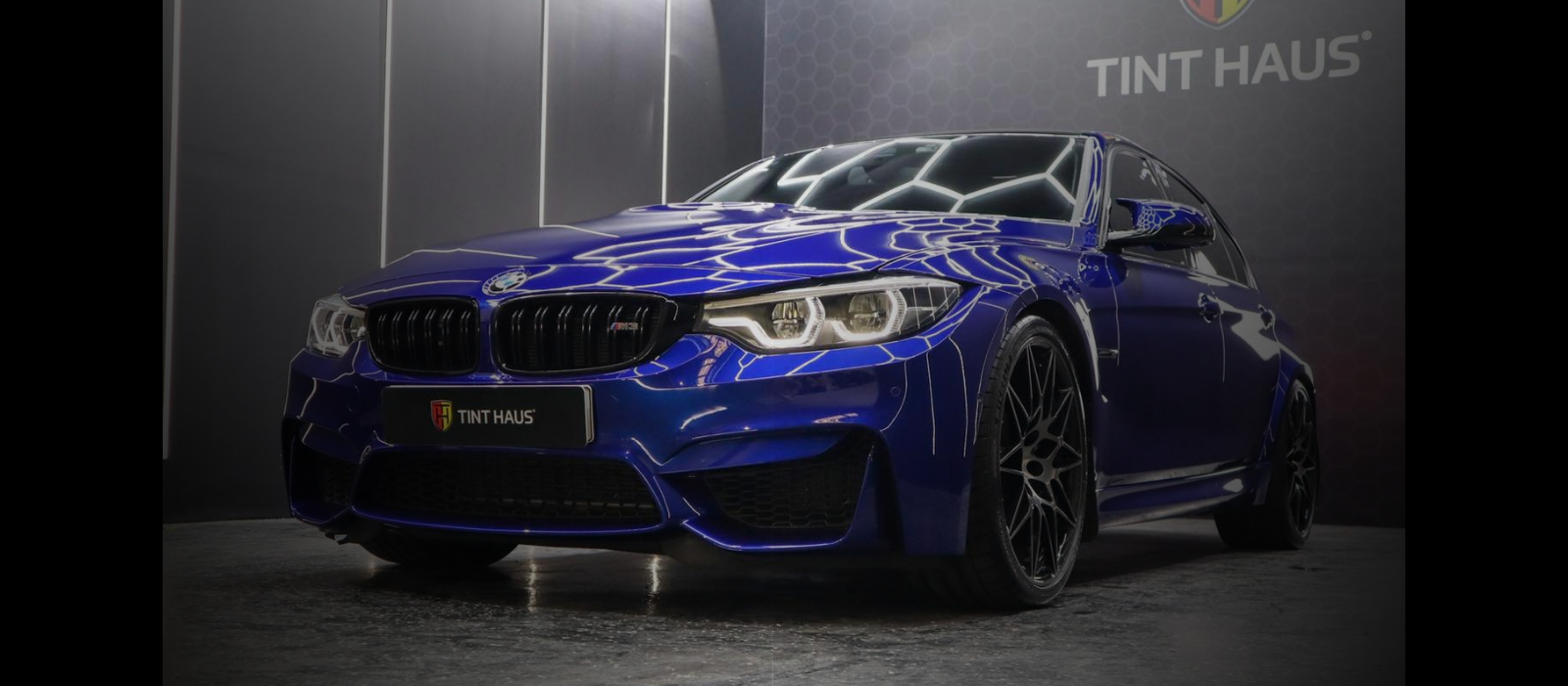Vehicle paint correction may sound like something that’s only needed after a car has sustained visible damage, but the truth is any car could need paint correction.
Your car’s finish can be affected by everyday situations and suffer damage that you may overlook at first. Even if you just picked it up from a dealership.
Paint correction can repair the damage, restoring your car’s glossy “new” look and extending the life of the paint job.
What Is Vehicle Paint Correction?
You might be surprised to find that paint correction for cars does not involve covering imperfections with more paint. It’s a process of restoring a car’s finish by removing any imperfections like scratches or swirl marks, not covering them.
A vehicle that has been corrected has a better-than-new finish that looks smooth and reflective, not marred by imperfections.
Micro-scratches, chips, swirl marks, and dullness can mar the finish of any car, high-end or entry-level, new or used. Even brand new, just off the line vehicles can benefit from car paint correction. Paint defects can be above the painted surface, embedded in, or below the clear coat layer.
Paint correction is not the same as paint detailing a car. Detailing can include some cosmetic paint touch-ups, but paint correction does not involve applying paint.
How Does Car Paint Correction Work?
So, what are the paint correction steps?
Paint correction can be a lengthy process. A typical car may take 6-12 hours to complete, depending on the condition of the finish – although a finish with extensive damage can take much longer.
The paint correction process uses special polishing machines in different sizes, levels of abrasiveness, and compounding/polishing pads. Each car requires a customized sequence of polishing due to unique differences in the thickness, hardness, and depth of the imperfections in the finish.
What Kinds Of Paint Defects Can Be Corrected?
Paint correction can eliminate defects with many causes, including water spots, paint overspray, scratches from washes, wipe-down marks, bird dropping stains, oxidation, and buffer trails.
Some of the most common types of paint defects that paint correction can repair include:
- Buffer marks are caused by improper polishing. They are also called buffer trains or buffer holograms.
- Swirl marks are caused by improper wiping on the finish by automatic car washes, using a dirty towel to wash or dry your car, dirty covers, and similar activities. In direct light, swirl marks look like very fine scratches. Car swirl removal is a very common reason for paint correction.
- Deep marring is typically caused by washing or by improper sanding. The damage by deep marring is deep enough to see but not to feel.
- Watermarks are caused by mineral deposits or hard water on the surface of the finish. They are some of the easiest defects to see.
- Acid etching results from acid rain or hard water penetrating the surface of the paint, allowing minerals in the water to corrode the paint. Acid etching can be difficult to remove.
- Deep scratches have many causes, like accidents, intentional damage (keying), and road debris. Scratch correction is very common.
Why Should I Get Paint Correction For My New Car?
Your new car goes on quite a journey from the factory to the dealership and ultimately to you. When it first rolls off the factory line, it’s nearly perfect, but your car encounters several situations that can damage the finish between the factory and the dealership. It might be scratched in transit or exposed to damaging chemicals on the ship or train.
It can also suffer from stone chips on the truck. More commonly, your new car finish may have swirls or scratches caused by improper (but well-intentioned) cleaning and buffing at the dealership.
Why Should I Get Paint Correction For My Older Vehicle?
An older vehicle is a more obvious candidate for paint correction. Car washes, road damage, bugs, tree sap, bird droppings – all those everyday situations, and more, can cause scratches, chemical damage and fade the finish to dull and drab
A common problem for older vehicles is oxidation, making the finish dusty or faded. Paint correction can restore the look of your older car and extend the life of the paint job.
Where Can I Get My Vecicle's Paint Job Corrected?
Finding the right shop is key to getting the best paint correction for your car. Paint correction isn’t simple. It requires training, expertise, patience, preparation, special equipment, and time. Don’t trust your car to just anybody. A poorly done paint correction can cause more damage than it repairs.
Tint Haus has over 30 years of industry experience. We take pride in bringing your pride and joy back to life with our custom paint enhancement and correction services. From a light buff to a complete rejuvenation – your vehicle is in good hands with us.
To learn more about our services or make an appointment, phone us at 0406 631 332 or contact us through the website.
